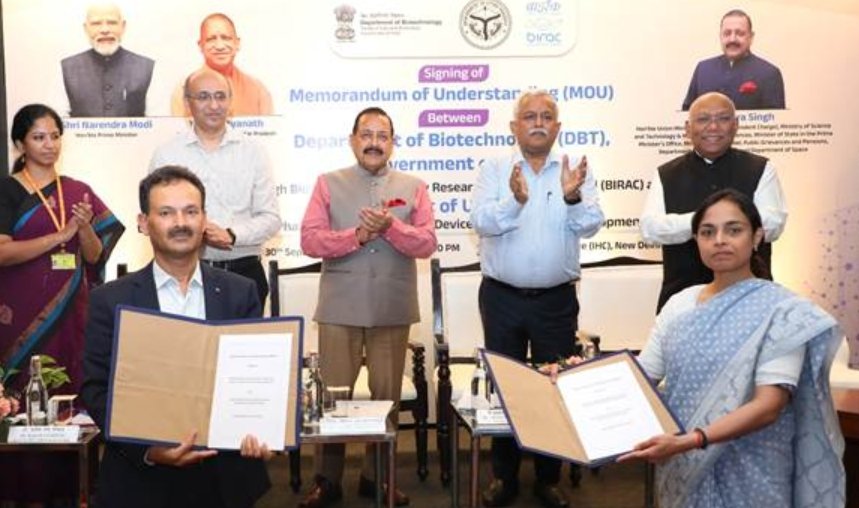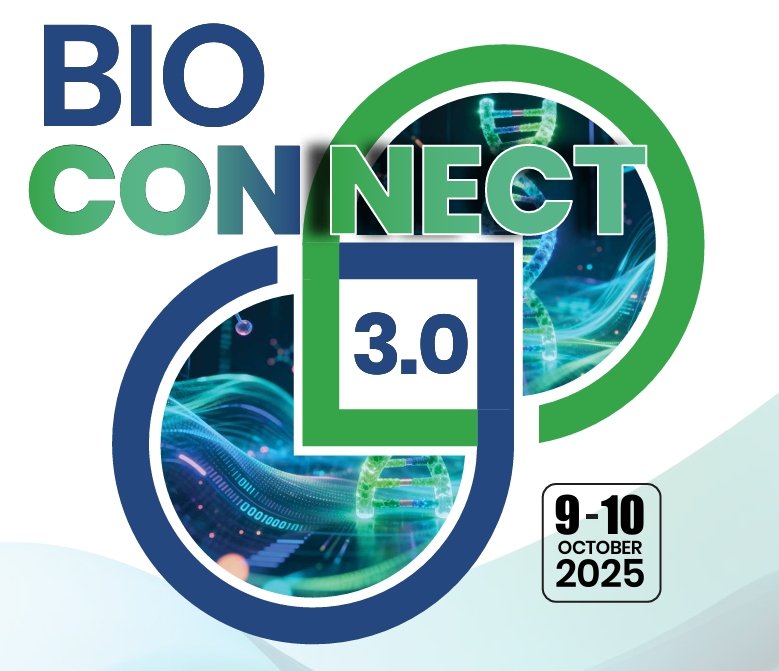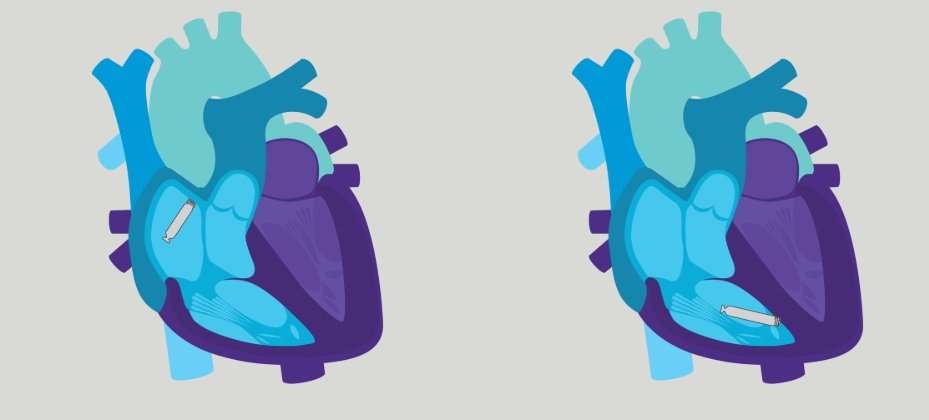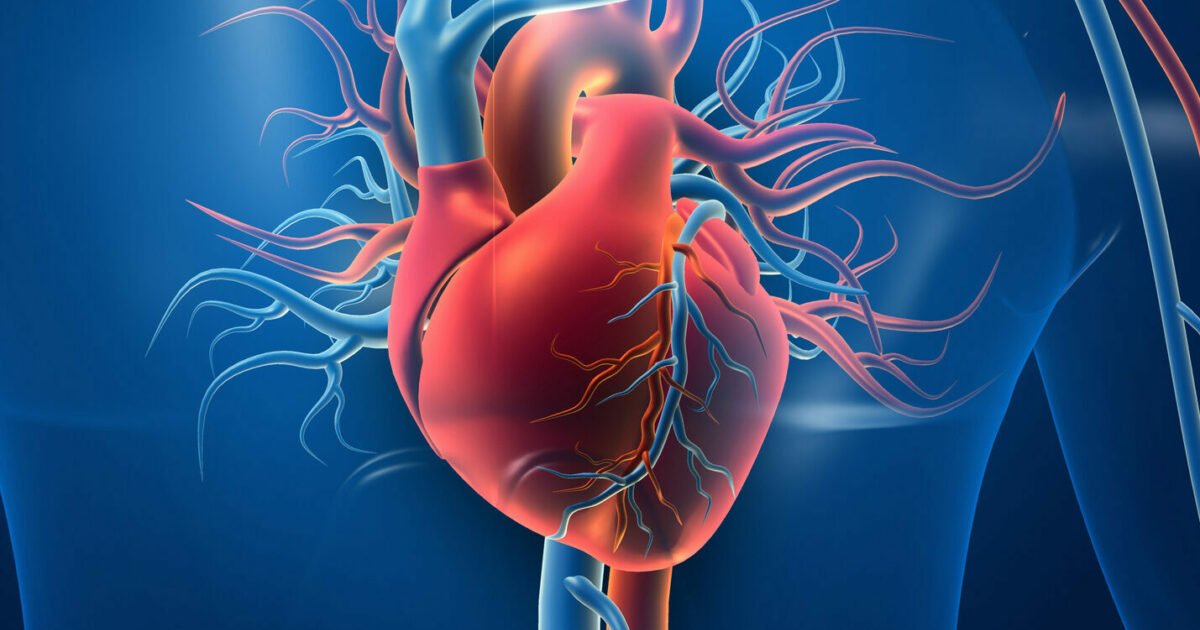Fortify supply chains to improve patient care quality
September 22, 2020 | Tuesday | Views
The COVID-19 outbreak has forced many hospitals, clinics and labs to implement new triage, testing and treatment processes
Image credit- shutterstock.com
The COVID-19 outbreak has made India and the rest of the world realize and appreciate the importance of having a robust healthcare system – one that is fully equipped with technology and battle-ready.
As the demand for healthcare and medical professionals increases, the industry is moving quickly to adopt emerging healthcare solutions arising from disruptive technologies that can help fight this global crisis.
While the use of technology in healthcare has seen prominence in the last few years, we are likely to see it take bigger strides during and post-COVID-19.
The pandemic is not the first – nor will it be the last – event to necessitate large-scale, long-term healthcare and resource commitments. Many natural calamities occur nearly every day somewhere in the world, with most warranting large-scale medical interventions that demand a timely response and skillful inventory management.
COVID-19 is not the only infectious disease outbreak that healthcare professionals are currently working to treat and contain. Resources are always being committed to mitigate the next epidemic or pandemic, but are the available resources able to address it at scale?
FIVE WAYS THAT TECHNOLOGY CAN BE USED TO HELP HEALTHCARE SYSTEMS PREPARE FOR THE UNKNOWN
Healthcare systems need time to upgrade and improve, hence the need to start investing in healthcare-grade technology solutions to digitalise workflows, adapt processes, implement new policies, increase data accessibility and quickly scale operations up or down. These are the five types of technology investments that should be prioritized:
- Barcode scanners
- Thermal and mobile printers
- Wristbands
- Clinical smartphones (i.e. handheld mobile computers) with built-in barcode scanners
- Real Time Location System (RTLS) or similar solutions (i.e. RFID, BLE)
Here are five reasons why:
- Patient identification: Printing a wristband for each patient during the admission process may be a basic process, but it serves as a critical foundation for patient safety for the duration of the hospital stay. A single barcode scan can help care team members confirm a patient’s identity even when he or she is not responsive, and this helps to ensure that the right patient is receiving the right tests and treatments.
- Care team collaboration: Clinical smartphones with voice, text and email communication capabilities facilitate a collaborative, multi-disciplinary approach to treatment for complicated cases as well as ageing patients, resulting in better care of patients during emergency situations. It serves as a good platform to host emerging mobile healthcare solutions for an integrative experience to augment the work of the care teams.
- Track and trace of critical assets: RTLS using RFID technologies, in combination with mobile computers and scanners, enable staff to immediately locate and re-deploy limited equipment and supplies in real time. Such capabilities prove highly valuable in life or death situations or in overcrowded facilities.
- Inventory management: Clinical smartphones and scanners can sync with inventory management systems for the automatic identification and reporting of supply shortages. Supply chain partners can also monitor inventory levels to improve their planning and fulfillment capabilities based on these real-time usage scans.
- Case load management: Healthcare-grade mobile computers empower clinicians, nurses, front-line staff and allied health workers to see more patients by minimising the number of steps taken during the day and automating certain tasks. This provides real-time actionable intelligence in situations when every second counts. Below are some examples on how this can be useful:
- In conjunction with other patient monitoring systems in critical care facilities (e.g. ICU), vital sign alerts can be sent to clinical smartphones for immediate documentation and/or action without the need for constant manual monitoring.
- EHRs can be updated immediately to help track patient progress and inform treatment decisions by geographically dispersed care teams.
- Test results can be sent straight to the mobile device in near real-time, eliminating the need for constant checks on the “computer on wheels” (COW) and/or nurse station.
- Assuming RFID tags or other RTLS technologies are active within the facility, staff can immediately locate limited-quantity equipment – beds, wheelchairs, IV poles, pumps, ventilators, etc. – and improve their utilization.
- Printing of specimen label and the scanning of medication, IV bags, wristbands and other assets requiring verification or electronic healthcare record (EHR) correlation can be carried out on the spot at the point of care.
Healthcare IT systems are complex, and it is imperative that one understands their capacity to support patient surges, new use cases and the onboarding of new patients. It is hard to completely overhaul systems or replace an entire fleet of devices during a crisis.
The COVID-19 outbreak has forced many hospitals, clinics and labs to implement new triage, testing and treatment processes, many of which have required the fast implementation of novel mobile computing, scanning and printing applications. A large number of these deployments have been seamless because healthcare facilities either had the foundational system or opted to deploy proven technology solutions.
Going forward, individual facilities and practitioners will have to be better prepared for surges in patient volume, and will have to fortify supply chains and better manage on-hand inventory to improve the quality of patient care in both routine practices and emergency procedures.
James Woo, APAC Healthcare Practice Lead, Zebra Technologies Asia Pacific, Singapore










